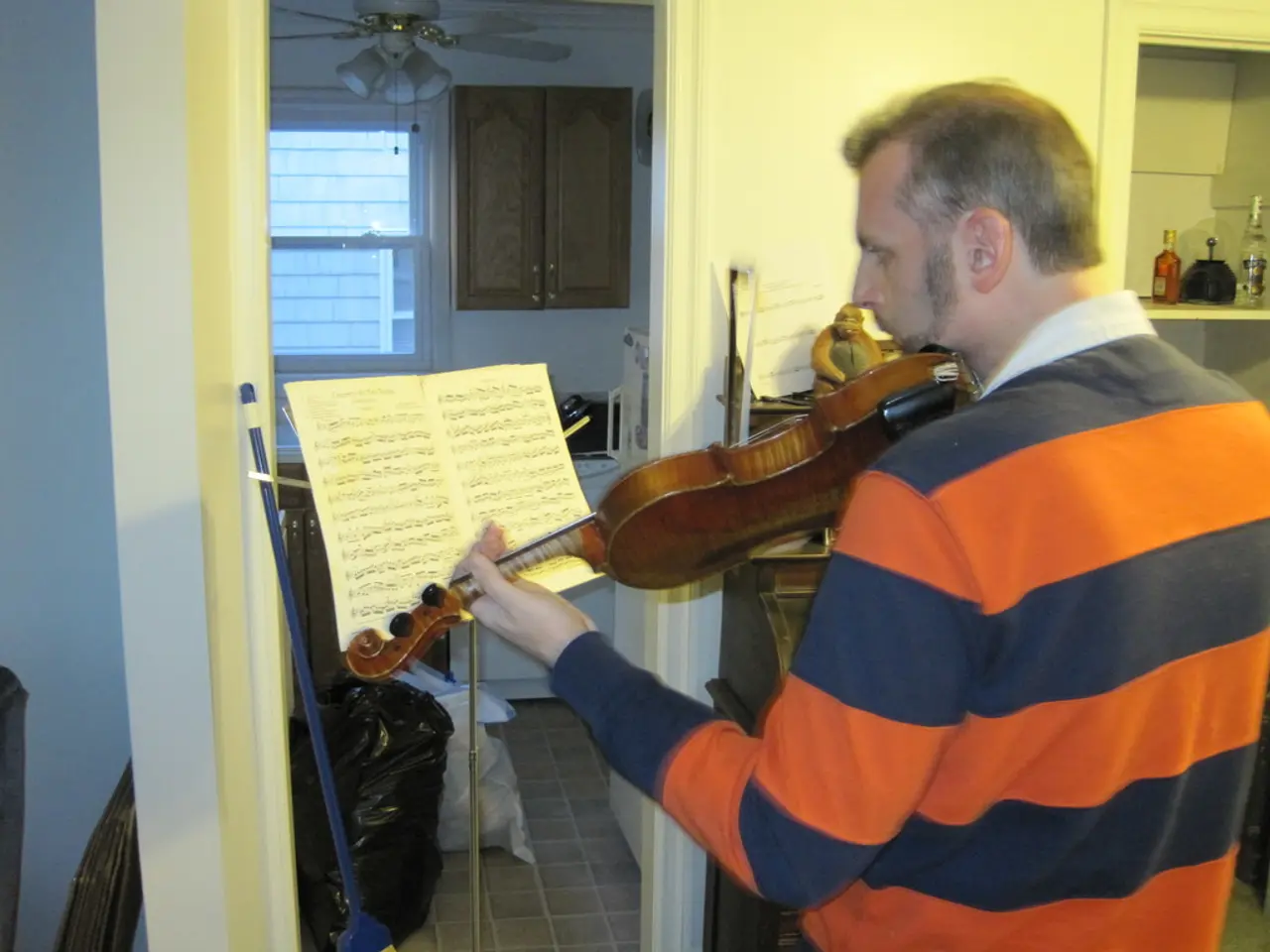Analyzing the Partisan Slant in Dual-Chamber Legislative Bodies
In the intricate dance of democracy, the structure of a nation's legislature plays a crucial role in shaping the political landscape. A recent visualisation by The Economist has shed light on this issue, particularly in countries with bicameral legislatures, where malapportionment could potentially advantage right-wing voters.
Malapportionment, a term that refers to certain districts having more representation in the legislature than others, is a key concern. In bicameral legislatures, such as the United States, this issue is most evident in the upper chamber, like the Senate. Here, smaller states or regions with lower populations have disproportionately greater representation compared to more populous states. This can result in senators representing small minorities of the population wielding substantial legislative influence.
This distortion leads to several key impacts. For instance, the overrepresentation of conservative states means that right-wing parties can more frequently block or shape national policies, even when they do not represent the majority of voters nationally. This increases veto points and gridlock, favoring the interests of those smaller constituencies over the national popular will.
Moreover, right-wing parties can rely on these malapportioned seats, engaging more in logrolling (vote trading) and clientelist strategies to maintain power, further strengthening their legislative influence. The structure can also bias policy outcomes toward the preferences of these overrepresented areas, often entailing more conservative, right-wing policy priorities, skewing national governance away from more populous, potentially left-leaning states.
Furthermore, malapportionment can potentially lead to disproportionate resource allocation, benefiting states or regions aligned with right-wing parties. This mirrors potential regional inequalities seen in contexts like India’s delimitation issues.
In summary, malapportionment in the upper chamber of bicameral legislatures systematically benefits right-wing parties by inflating the legislative power of less populous, often conservative-leaning regions, enabling them to exert disproportionate influence on voting outcomes and legislative processes.
The Economist's visualisation further reveals a correlation between malapportionment and left-wing voter disadvantages in bicameral legislatures. This imbalance in voter representation could lead to an unequal distribution of power between right-wing and left-wing voters in bicameral legislatures, potentially disadvantaging left-wing voters.
The visualisation underscores the importance of addressing malapportionment in order to ensure fair representation for both right-wing and left-wing voters in bicameral legislatures. It emphasises the need for a balanced legislative structure that accurately reflects the will of the people, rather than amplifying the voices of a select few.
The AI analysis reveals a correlation between malapportionment in bicameral legislatures and a potential disadvantage for left-wing voters. This imbalance in voter representation could lead to an unequal distribution of power, as right-wing voters may be disproportionately represented. The need for policy-and-legislation reform, aimed at addressing malapportionment, is crucial to ensure fair representation for all voters, thereby fostering a more balanced and democratic politics landscape.







